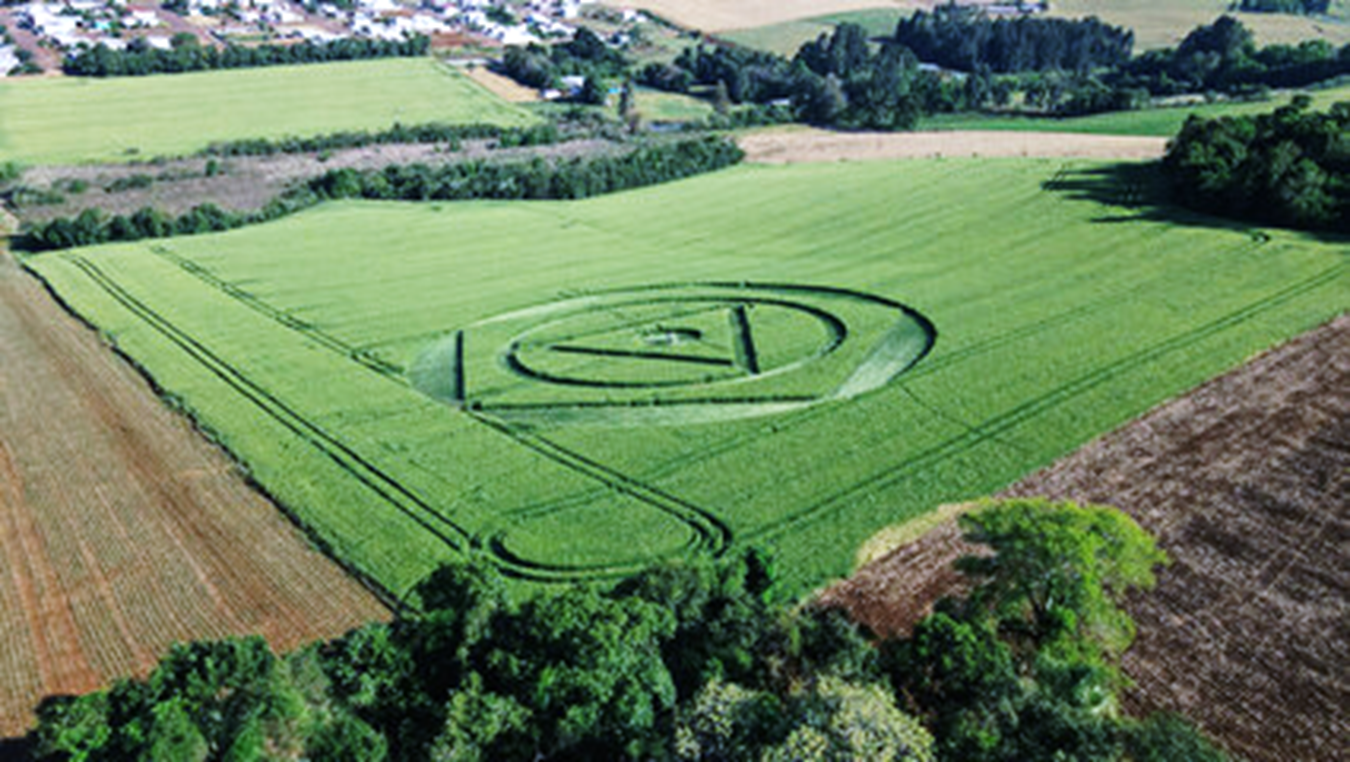Quint: Don't know. I got switched to three places in three minutes, and then back here. Something's screwy in the coordinates.
Quigley: We're workin' on it. Accurate registration will be getting better and better. The sequencing mishap shouldn't have happened. I thought we had that all worked-out.
Quint: Apparently not.
Quigley: Well, anyway, what did you see?
Quint: Three classrooms. I assume they were within the target matrix. I've no idea how far apart. They all had wooden desks equipped with inkwells. All three also had an America flag with portraits of George Washington on the left and Abraham Lincoln on the right. That's about all I had time to see.
Quigley: That spans. You were clearly in the America year of 1950. The tech guys are re-configuring the drive; they'll find the bugs. Your next mission will be scheduled to the same coordinates.
Quark: Yah, maybe I can stay longer next time.
Quigley was sympathetic. Quint, and a hundred others like him, were brave to the point of recklessness. Strangely, they were more trusted than the latest AI. Humans were more reliable.
That truth didn't go down easy with the AI pioneers of the early 21st. century. It seemed implausible. How could mere biological beings possibly be more reliable than the instantaneous quadrillions of data exchanged every second by the digital workforce.
The answer turned out to be the problem of judgment.
The machines had to add, subtract, multiply, and equate, to solve anything - They didn't always get thing right, even at the speed of light. Humans seemed to recognize when things were going wrong, right away, with no need for calculation.
After 2187, human control was reasserted. Men like Dr. Quigley have assured - for all the centuries since - that AI malfeasance doesn't last too long.
Course-correction for AI's errant diversions was the oldest method of all - pull the plug.
Figuring-out how to pull the plug took longer than the simple solution suggests. Key centers had to be completely dismantled. Some others, completely destroyed. AI was ironically the agent that taught us how to unplug itself. There were still problems, but now the problems weren't allowed to last too long.
Dr. Quigley was confident the sequencing problem with Quint's latest projection would quickly be corrected.
The registration problem would take longer.
Coordinates in space/time are enormously complicated. Where and when depends upon precise calculation of the given matrix; east, west, top, bottom, year and second - along with how much clock-time will be possible for each mission. It all has to be in perfect register.
A research team from the Geospace Lab at York came-up with a simple easily managed plan: mark progression sites with registration marks that will only last a few days.
Registration marks that lasted only seconds would be better. Maybe we'll be able to get to that later.
—————-
Quigley: You, Quint, are assigned responsibility for installing the first mark-in-time made with nothing but vegetation. Quint: I've never had training for anything of the kind.
Quigley: No need to worry. The Geospace team has developed full, step-by-step, missionparameters along with this module, (Quigley holds up a small osmium sphere). The sphere will do most of the work. You need only to set local ground coordinates. All Space/time coordinates will be automatically recorded by the sphere. You'll return to the same position six month later to access reaction - if any.
—————
Quint's: There was no serious reaction except a lot of communications chatter. Some thought the registration mark was made by elves or some other supernatural force. Many others thought it was made by aliens from outer space.
Quigley: Aliens from outer space have been blamed for every strangeness since that 1940's crash in the southwest.
Quint: They're still talking about it.
Quigley: I suppose so. The malfunction was unfortunate, but no mistakes, no progress.
Quint: There's widespread belief that our progression units are "Flying Saucers" that have traveled across the enormity of the cosmos for no more useful reason than to visit Earth.
Quigley: Well, I suppose there's some romantic appeal in Space Aliens flying UFO's. For centuries our rarely spotted progressions were thought to be angels or demons. I would laugh if only the savants of our own time weren't just as given to silly speculation.
Quint: No harm done. The register marks were gone in days and forgotten.
Asked if this photo was of a real crop circle or a man- made crop circle, Dr. Quigley said, "They're all man-made crop circles".
